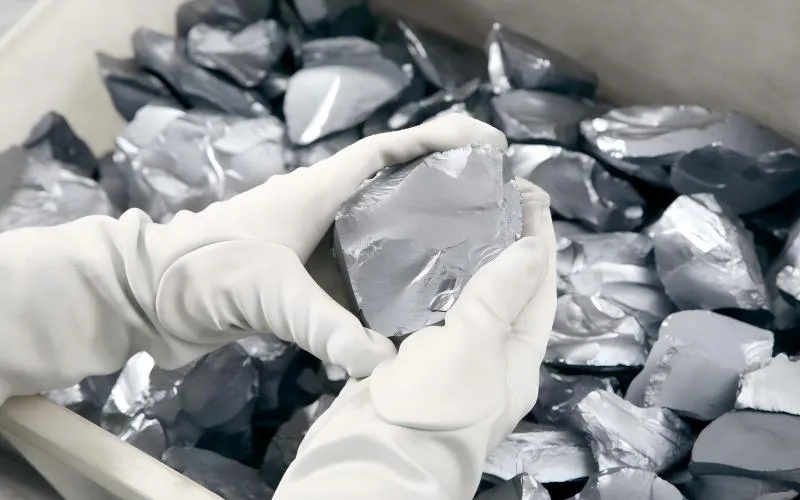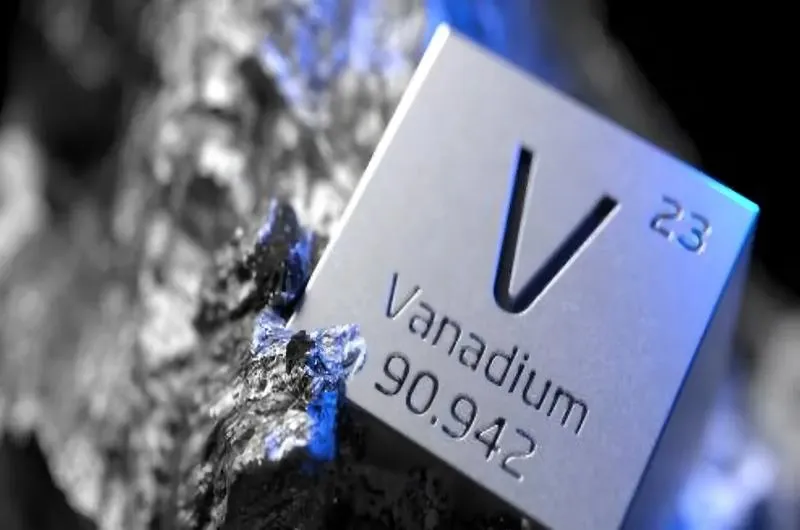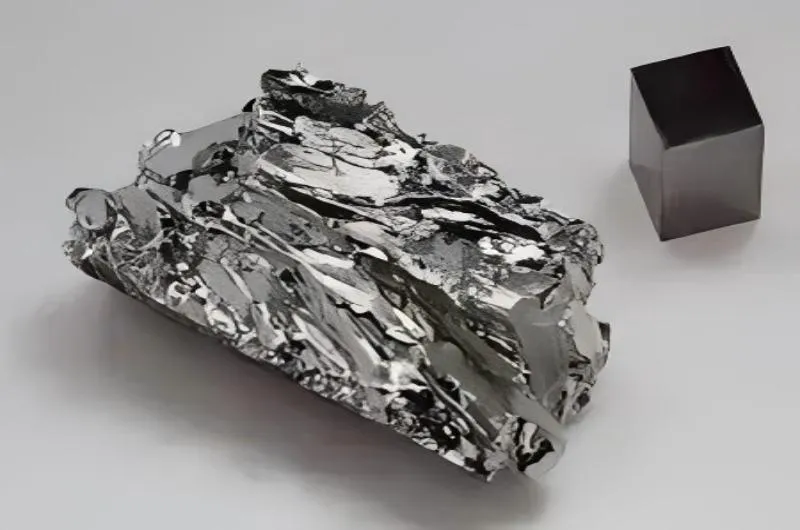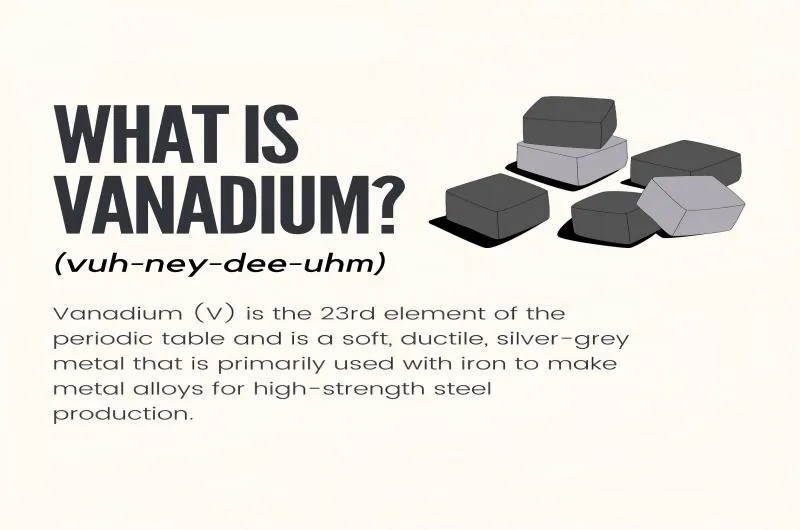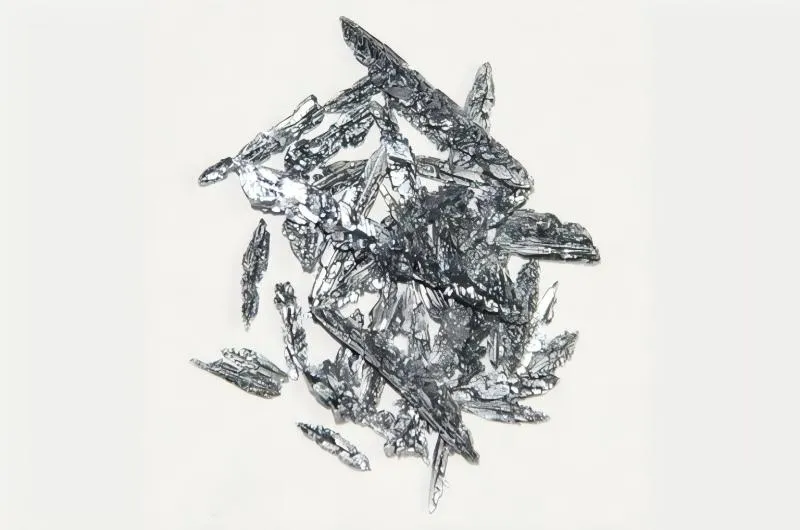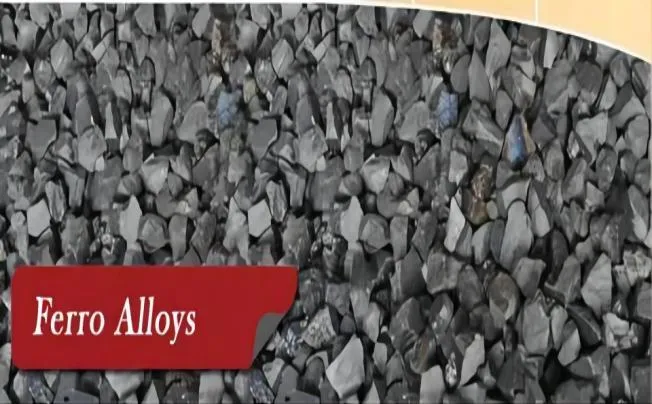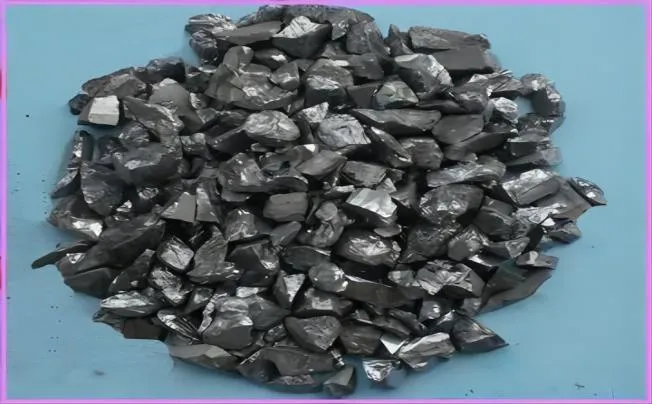BY  GENN
GENN
2024/09
Blog
Who Are The Largest Producers Of Silicon?
Silicon, the second most abundant element in the Earth’s crust after oxygen, plays a pivotal role in modern technology, underpinning industries ranging from electronics to solar energy. Its versatility stems from its semiconductor properties, crucial for manufacturing integrated circuits and solar cells.
Understanding Silicon Production
What is Silicon?
Silicon, with atomic number 14, is a hard, brittle crystalline solid that exists in various forms. It is primarily known for its semiconductor properties, which allow it to conduct electricity under some conditions but not others, making it ideal for use in electronic devices. Beyond semiconductors, silicon is integral to manufacturing alloys, ceramics, and even solar cell technology, where it converts sunlight into electricity efficiently.
Silicon Production Process
The production of silicon begins with metallurgical-grade silicon, typically extracted from quartzite or silica sand. This raw material undergoes a series of processes to purify it into semiconductor-grade silicon suitable for electronics.
The refining process involves stages such as chlorination, chemical purification, and crystallization, each designed to remove impurities and achieve the high purity levels necessary for semiconductor applications. This meticulous refining process is crucial as even trace contaminants can significantly impact the performance of silicon in electronic components.
Introduction to Silicon Production
Silicon, the second most abundant element in the Earth’s crust after oxygen, plays a pivotal role in modern technology, underpinning industries ranging from electronics to solar energy. Its versatility stems from its semiconductor properties, crucial for manufacturing integrated circuits and solar cells.
The demand for silicon has surged in recent decades alongside technological advancements, making it a cornerstone of the digital age. Global silicon production is dominated by a handful of key countries that possess the technological prowess and natural resources necessary for efficient production.
These countries not only meet their domestic demands but also supply a significant portion of silicon to the global market. Understanding the dynamics of silicon production across these nations provides insights into the technological landscape and economic strategies shaping the modern world.
Major Silicon-Producing Countries
- China: Leading Global Producer
China stands at the forefront of global silicon production, accounting for a substantial portion of the world’s supply. Its dominance is supported by robust government policies aimed at fostering industrial growth and technological innovation. The Chinese government’s strategic investments in infrastructure and research have propelled the country to the forefront of semiconductor manufacturing, solidifying its role in the global supply chain.
The distribution of silicon production within China is diverse, with key production hubs located in regions like Jiangsu, Zhejiang, and Guangdong provinces. These areas benefit from local expertise, access to raw materials, and a supportive regulatory environment that encourages industry expansion.
- United States: Technological Hub of Silicon Production
In the United States, Silicon Valley stands as a global symbol of technological innovation and entrepreneurship. Beyond its symbolic value, Silicon Valley and other hubs across the country drive significant advancements in silicon production techniques. Innovations in refining processes, coupled with substantial investments in research and development, have cemented the U.S.’s position as a leader in semiconductor technology.
Environmental considerations play a crucial role in U.S. silicon production strategies, with efforts focused on minimizing ecological impact through sustainable practices and stringent regulatory compliance. Initiatives such as energy-efficient manufacturing processes and waste management technologies underscore the industry’s commitment to environmental stewardship.
- Russia: Strategic Player in Silicon Supply
Russia plays a pivotal role in the global silicon supply chain, leveraging its vast mineral resources and industrial capabilities. Geopolitical factors influence Russia’s production dynamics, with policies often shaped by international relations and domestic economic priorities. The country’s robust industrial infrastructure, particularly in regions like Siberia and the Urals, supports its significant contribution to the global silicon market.
Industrial innovation in Russia focuses on optimizing extraction and refining processes to enhance efficiency and reduce environmental impact. Despite geopolitical challenges, Russia continues to bolster its silicon production capabilities, contributing to global technological advancements.
- Norway: Sustainable Silicon Production Pioneer
Norway distinguishes itself in silicon production through specialized methods that capitalize on abundant hydroelectric power. This renewable energy source not only powers silicon refining processes but also aligns with Norway’s commitment to sustainability. Initiatives promoting carbon-neutral production practices and stringent environmental regulations underscore Norway’s leadership in sustainable silicon production.
Internationally, Norway’s silicon products are renowned for their high quality and eco-friendly credentials, positioning the country as a preferred supplier in global markets. The integration of sustainability into silicon production strategies reflects Norway’s proactive approach to environmental stewardship and technological innovation.
- Brazil: Emerging Silicon Powerhouse
Brazil has emerged as a significant player in the global silicon market, driven by economic factors and strategic investments in industrial development. The country’s abundant mineral resources and growing industrial infrastructure have facilitated the expansion of silicon production capacities. Economic policies aimed at fostering industrial growth and technological innovation have further bolstered Brazil’s position in the global silicon supply chain.
Environmental policies and challenges in Brazil present complexities for silicon producers, with sustainability initiatives increasingly shaping industry practices. Efforts to mitigate environmental impact through responsible mining practices and regulatory compliance highlight Brazil’s commitment to balancing economic growth with environmental stewardship.
Continued advancements in silicon production across these nations underscore their pivotal roles in shaping global technological landscapes and economic strategies. Each country’s unique strengths and challenges contribute to a diverse and dynamic global silicon market, driving innovation and sustainability in the digital age.
Market Trends and Future Outlook
Current Market Dynamics
The silicon market exhibits dynamic price trends influenced by factors such as global demand for electronics, renewable energy investments, and geopolitical developments. Fluctuations in supply and demand dynamics underscore the market’s sensitivity to economic shifts and technological advancements, shaping industry strategies and investment decisions.
Technological Advancements
Ongoing innovations in silicon production technologies focus on enhancing efficiency, reducing environmental impact, and improving product quality. Advances in crystalline silicon manufacturing, thin-film technologies, and recycling processes are pivotal in meeting growing global demands sustainably. Sustainability initiatives drive the adoption of cleaner production methods and reinforce the industry’s commitment to reducing carbon footprints.
Future Projections
The global silicon market is poised for growth, driven by expanding applications in electronics, renewable energy, and emerging technologies like artificial intelligence and electric vehicles. As demand escalates, investments in research and development are expected to accelerate, ushering in new materials and manufacturing techniques that optimize performance and affordability. The industry’s resilience and adaptability promise a future where silicon continues to enable transformative technological breakthroughs worldwide.




